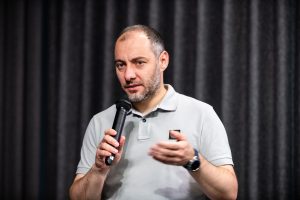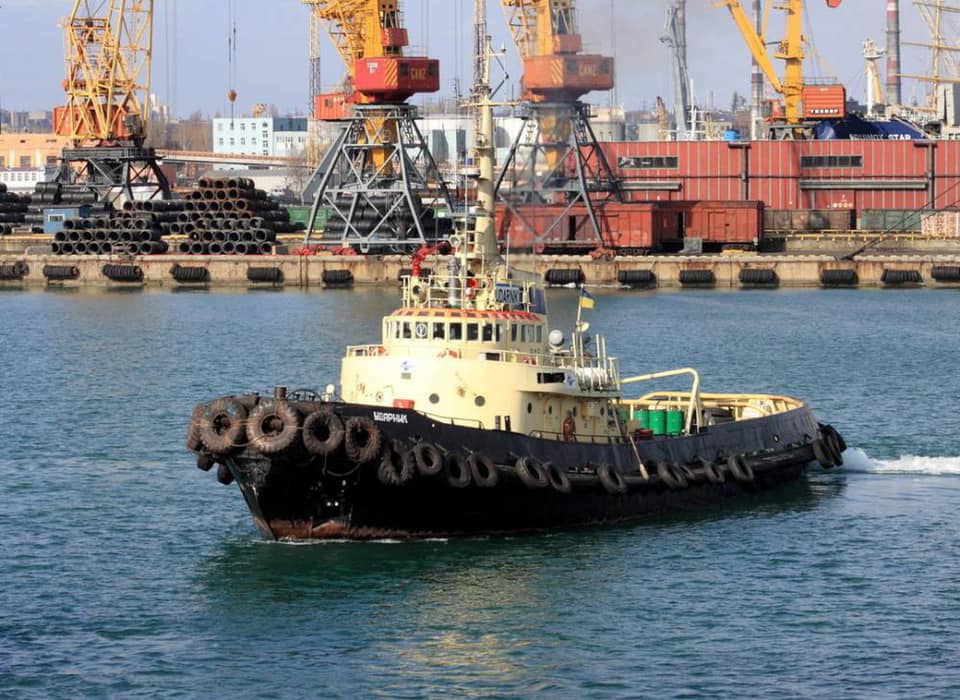Change in MIU: what to expect for our industry?

Andrey Sokolov, Director of Ukrainian Shipping Magazine
As it happened many times, we have a new minister – Alexander Kubrakov. I remember that the unforgettable Kostya Ilnitsky, during the anothert National Maritime Rating, greeted the Minister of Infrastructure Maxim Burbak with the words: “You are 18th with me.” Burbak laughed and replied: “And not the last.”
In general, there is practically no continuity of positions at the level of deputies and heads of departments across the ministry. We saw how all the deputies of ex-minister Vladislav Krikliy were dismissed, and how new ones were appointed.
For new deputies: Yuri Vaskov has already been appointed; for the rest – so far only rumors. The industry comments like this: “Of course, there are questions to them, but to whom there are no questions in our country?” At least these people are not random, they have an idea of how the industry works.
Further, most likely, there will be changes in the personnel of all state enterprises. The most significant ones are the USPA (together with all branches), Maritime Administration, the State Hydrographic Service, all the state stevedores (in Yuzhnyy we have already welcomed the appointment). In general, players can be expected to be replaced rather than remaining “in the stable”. Most of the industry specialists are already so accustomed to all sorts of “reporting” that they do not react to such “kick-ups” regarding new appointments. The upcoming changes are predictable, and the industry is just watching until it blows over, all personnel changes happen, and the leaders take their places.
What to prepare for?
Taking into account the background in the form of a national program “large construction”, most likely we will face a large-scale infrastructure update. This is prompted by the great deterioration and old construction of all state ports; questions about any berths may start to appear like an avalanche.
In the case of our USPA (Ukrainian Sea Port Authorities), the start of the reconstruction of the berths suggests itself. Most of them are involved in the work, and it will not be possible to simply stop their work during the repair. But you can start, for one, from berths № 7-8-9 in the port of Chornomorsk, where the story of the bankrupt Europian Agro Investments will never end. The trick is that without berths, this project does not “take off” for any serious investor. The territory is impressive, a terminal (for example, a grain terminal) would be very good. Silos could be placed in the rear, and clay could be loaded from the berth side. But this is only on condition that the berths are NOT in critical condition.
Globally, the ideal model of a landlord port looks like this: all the necessary infrastructure is provided to any private trader who is ready to take on cargo turnover obligations and guarantees payment in accordance with the minimum cargo turnover scheduled for years. Аn agreement is signed, the ground is reclaimed in two years, a berth is set up, the front rail is hammered – that’s it, then the private trader`s question is how to start operations in two years.
In our country, the situation looks a little different.
The USPA can also be understood: it is risky for a branch or central office to start reconstruction without political will (and without a serious investor with obligations for cargo turnover!). But an adequate investor will not go there without berths. As a result, we have a vicious circle, and those who took the risk get a suitcase without a handle.
Back in 2015, the idea was being worked out to get a credit limit from the EIB (European Investment Bank) for the USPA with the ability to use it to modernize the entire transport infrastructure at once. This would set the berth life timer 40 years back.
When implementing such large-scale plans, it would be good not to run into the work of the bureaucratic machine – the Financial Plan, the Cabinet of Ministers, approvals at all stages, adjusting the financial plan only twice a year. Because of this, USPA collects all the “Wishlists” for months to include them, and the delay occurs even at the stage of preparing the changes.
As a result, it is impossible to complete a project and schedule the start of work in one year: no one knows the cost, until the project design is completed, and while there is no cost, nothing can be included into financial plan. The tender for the project also takes time, and also the design preparation; there are no standard solutions.
A separate line is UZ (Ukrzaliznitsya – Ukrainian railways). Exports are growing, ok, ports used to transship more back in USSR, but those were different cargoes. Now the railway is “suffocating” with deliveries to ports; the capacity of the stations is not enough. This is especially felt by Chornomorsk and Mykolaiv, now it is beginning to manifest itself in the South. Modernization, expansion of stations and ruts of access roads to ports, as well as main lines, is not a matter of tomorrow, but of today.
And the matter of today all these problems are made by (it should seem!) – good yields, a vector to increase agricultural exports and projects for the development of grain terminals. At the same time, Dnipro is important, but all volumes will not go to the river, and our sales markets are aiming more at Panamax. Of all those present on Dnipro – only Nibulon is ready to abandon the transshipment of goods from the terminal and completely go to anchorage loading even tomorrow, but even for them the terminal in Mykolaiv will be an anchor and “home”. Accordingly, the Minister with a new team will have to solve this heap of infrastructural and bureaucratic problems. Perhaps even immediately initiate some changes to increase the efficiency and speed of approvals. If you leave everything as it is, the achievement of results will stretch for five years, if not more. If we manage to change the system, we will see the first successes of the new MIU membership in two years.





